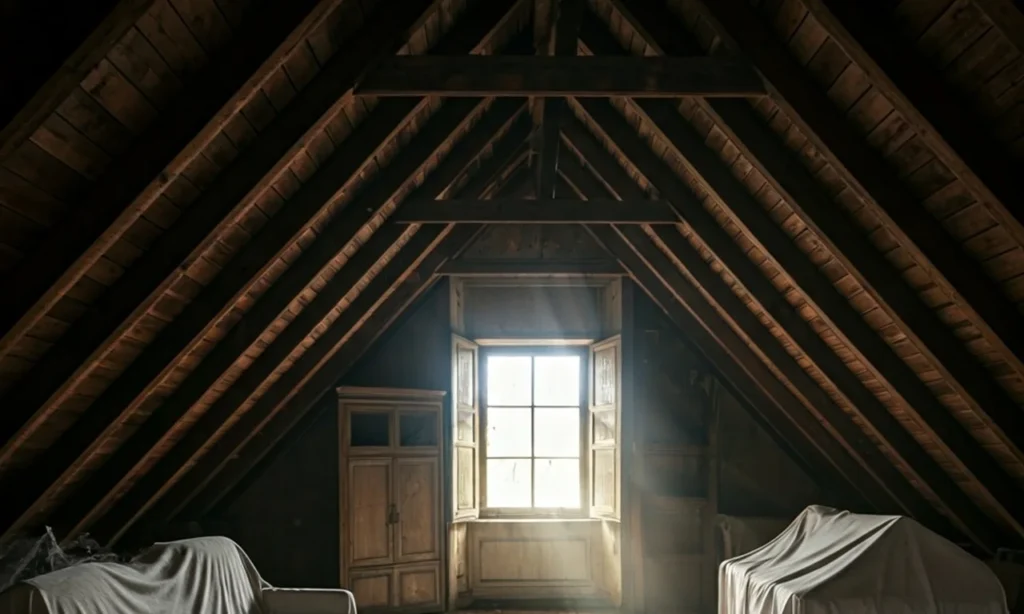When most people think about roofing problems, they picture water stains on the ceiling, maybe a few shingles blown off after a storm. What they don’t think about is their sinuses, their sleep quality, or why everyone in the house has been feeling a little… off. Now, don’t worry — we’re not about to claim your roof is out to get you. But after working on thousands of Oregon homes, we’ve noticed a pattern: a neglected roof can quietly impact your health and comfort more than you might expect.
We’re not doctors — we just keep the rain off your head — but according to the Environmental Protection Agency (EPA), molds can cause health problems by producing allergens and irritants. Inhaling or touching mold or mold spores may cause allergic reactions in sensitive individuals, including hay fever-type symptoms such as sneezing, runny nose, red eyes, and skin rash. Molds can also cause asthma attacks in people with asthma who are allergic to mold. In addition, mold exposure can irritate the eyes, skin, nose, throat, and lungs of both mold-allergic and non-allergic people. ( Mold Test Kit )
So how do you know if your roof might be part of the problem? Dr. David Lang, an allergist at the Cleveland Clinic, notes that symptoms like persistent nasal congestion, watery eyes, frequent sneezing, or chronic coughing — especially if they ease up when you leave the house — can be signs of indoor mold exposure. If your family feels better during a weekend getaway than they do in their own living room, it might not just be the break from doing dishes.
The tricky part is that roof-related issues don’t usually land on the top of your “health checklist.” We check filters, clean ducts, even buy fancy air purifiers. But the roof? Unless it’s raining in the kitchen, it’s often out of sight, out of mind. Meanwhile, slow leaks or improper ventilation can quietly create the perfect storm for mold, wood rot, and trapped humidity — the kind of stuff that affects more than just drywall.
Here’s the thing — roofs don’t have to be scary, and neither does roof maintenance. Most of the issues we find during inspections are small and easily fixed — it’s the ones left unattended for years that get pricey and gross. And while we’re not licensed to diagnose anything more serious than a missing shingle, we’ve definitely seen the ripple effect a failing roof can have on a home’s livability.
We’re roofing experts, not health experts — and we like to keep it that way. But we’ve been in enough crawlspaces and attics to know when something’s not right. If you’re unsure about the state of your roof (or just want peace of mind), give us a call. A quick inspection might not cure the sniffles, but it could save you from bigger headaches — literally.


